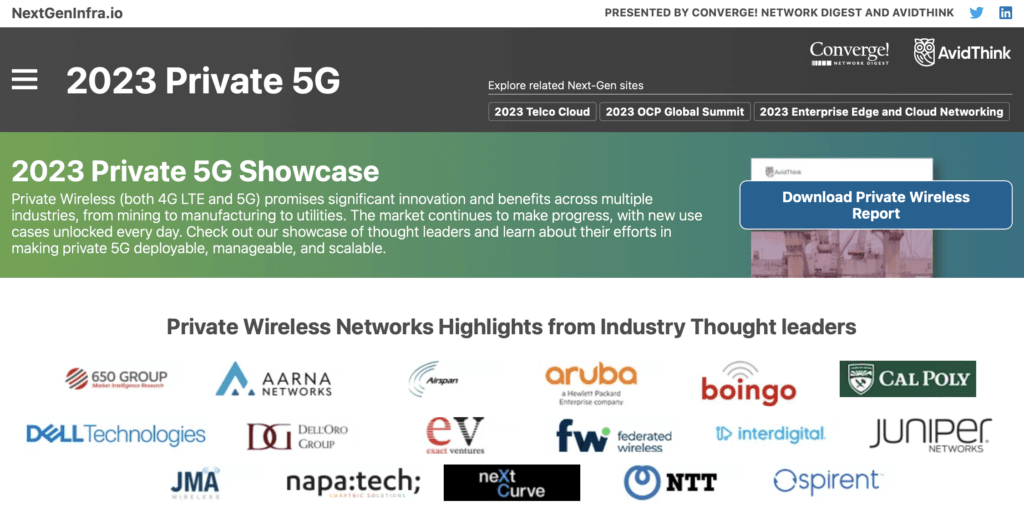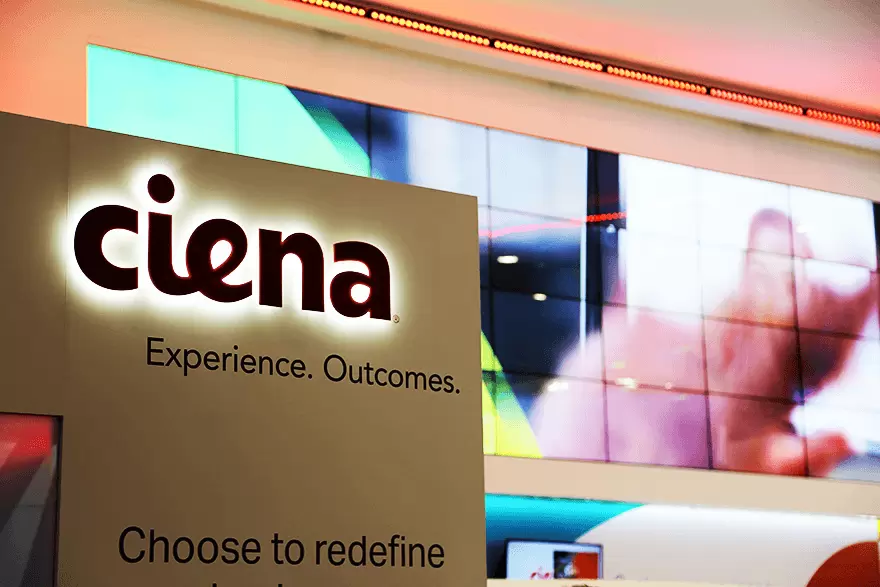Photonic Inc., a start-up based in Vancouver, unveiled its architecture for scalable, fault-tolerant, and unified quantum computing and networking platforms based on photonically linked silicon spin qubits. The company specializes in spin-photon interfaces in silicon, silicon integrated photonics, and quantum optics.
Photonic's technology provides computing (with spin qubits), networking (via photons), and memory. Photonic links in silicon deliver quantum entanglement not only between qubits on the same chip but also among multiple quantum chips.
The company says silicon-based qubits enjoy substantially greater microelectronic-style scalability than other types of qubits. Indeed, Photonic’s architecture achieves horizontal scaling. Photonic's highly connected qubit architecture also enables use of efficient quantum error correction codes, such as quantum LDPC (Low Density Parity Check) codes. These codes are known for extremely low physical to logical qubit overheads and fast and efficient hardware implementation.
“Quantum computing is real, and we believe that—within five years, significantly sooner than the widely accepted timeframe—we will be the first quantum computing company to offer a scalable, distributed, and fault-tolerant solution,” said Dr. Stephanie Simmons, Founder and Chief Quantum Officer of Photonic and Co-chair of Canada’s National Quantum Strategy Advisory Board. “These are the capabilities that must be delivered for quantum computing to be a relied upon across industries, and we believe that we have correctly identified the silicon T centre as the missing component needed to finally unlock the first credible path to impactful commercial quantum computing.”

“Ultimately, the breadth of problems to which quantum computing can offer a solution means it will have a tangible, meaningful impact on people all around the world,” said Dr. Paul Terry, Photonic Chief Executive Officer. “We’re moving to large-scale, accessible quantum computers networked together to provide access to quantum services that will enable companies and governments to suddenly tackle problems that are, right now, beyond our capabilities because of the inescapable constraints of classical computing. It’s incredibly thrilling to be on the cusp of this inflection point in quantum computing and, more broadly, physics history.”
Photonic has raised an investment round of US$100 million from organizations including British Columbia Investment Management Corporation (BCI), Microsoft Corporation, the UK government’s National Security Strategic Investment Fund (NSSIF), Inovia Capital, and Amadeus Capital Partners. This brings the company’s total funding raised to date to US$140 million.
In addition, Photonic announced a strategic collaboration with Microsoft under which the companies will provide an integrated roadmap of technologies and products that can enable reliable quantum communications over long distances, as well as access to Photonic’s quantum computing offering via Microsoft Azure Quantum Elements.
Microsoft is engineering a fault-tolerant quantum supercomputing ecosystem at scale on Azure to accelerate scientific exploration.
“Our strategic collaboration with Microsoft will enable us together to accelerate the pursuit of quantum at scale,” said Dr. Stephanie Simmons, Founder and Chief Quantum Officer of Photonic and Co-chair of Canada’s National Quantum Strategy Advisory Board. “Microsoft is the perfect partner for Photonic, enabling us to tap into global infrastructure, proven platforms, and the tremendous scale of Microsoft Azure.”
“We are thrilled about joining forces with Photonic in improving the world through quantum technologies,” said Jason Zander, Executive Vice President of Strategic Missions and Technologies, Microsoft. “There is an opportunity to ignite new capabilities across the quantum ecosystem extending beyond computing, such as networking and sensing, and unlocking applications and scientific discovery at scale across chemistry, materials science, metrology, communications, and many other fields. The capabilities we aim to deliver together with Photonic can enable this vision and bring about quantum’s impact far more quickly than otherwise possible.”

















